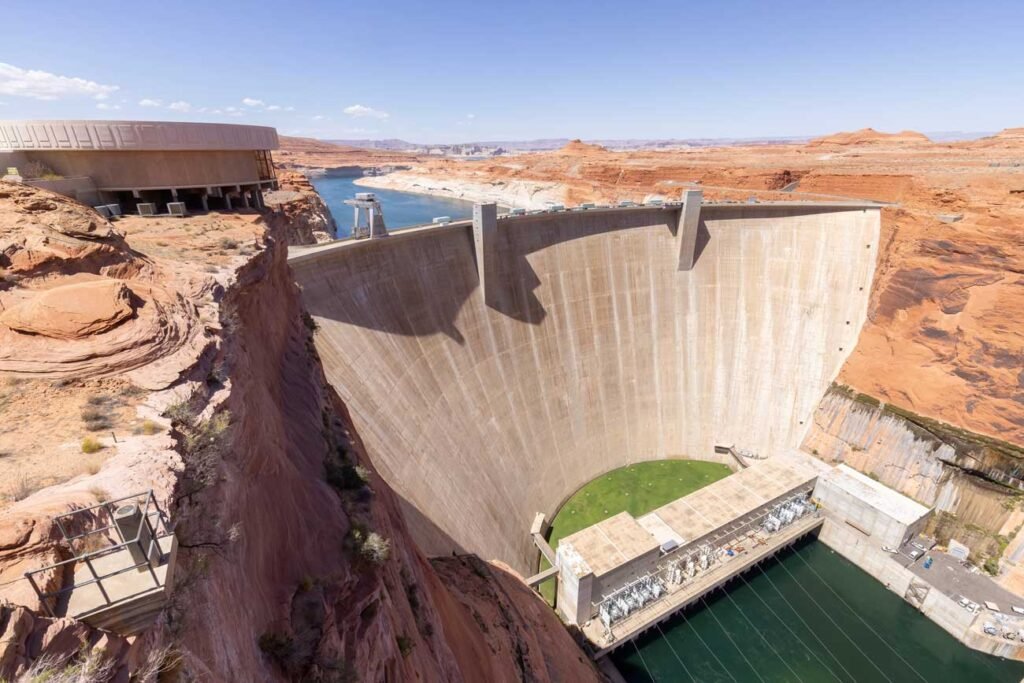Problem Solved – Part 2 WW Editorial
Read “Part 1: Baja Faces Water Cuts” here…
Wilderness is not a luxury but a necessity of the human spirit, and as vital to our lives as water and good bread.” Edward Abbey
While my water research has been ongoing for decades, I have focused for years on the flow of the Colorado River to Baja California. It was an especially intense time during the drought year in 2022. Water being the primary reason that we can live in comfort in this northern state makes it essential to everyone. The water issue for Baja has infinite unforeseen factors andit is extremely complex. What we don’t consider is that having water in our state along the Pacific coast is a man-made solution to advance development and agriculture. It is simple math,like a bank account. Water is deposited if it rains and we can draw it out, however we run into trouble if we require more than what has been saved. Water can be delivered by the municipalsto households and business if there is water in Lake Mead. Nature is the unknowable source of water. Nature does not give us credit to use more. Nature is no longer providing what it did 100 years ago when a few thousand Native Americans lived along it shores. Today’s focus has to untangled the power struggle over water between the seven basin states. By 2026 they have to decide how to decrease their allotments so that the river can survive.
There are those who care more about the wellbeing of the river than further developmentand city growth. The Native American tribes, environmentalists, sports fishing and recreational folks want to maintain a healthy river. Many say that draining Lake Powell would also restore the Glen Canyon ecosystem and the natural beauty of the Grand Canyon. A question might be what is a “legitimate” need for the water? There is an unhealthy loop that has been established by thoughtless development: more water brings more people and this cannot be sustained by the current river system. This massive water delivery system begins in Colorado, the headwaters of the river. Baja is the last spigot to receive its allotment.
Since my early research I have had to go further up river in order to understand how vulnerable water users are. This led me to Lake Powell and the Glen Canyon dam. This Lake serves the upper basin states. Water managers then release water allotments down to Lake Mead and the Hoover Dam. However, my most current research has exposed big problems with Glen Canyon dam. It’s old, poorly built structure threatens the ablity to deliver water downstream. The outflow pipes are filling with silt and other pipes so old and rusted that they could not hold up under high pressured water released to Lake Mead.
Research shows that a huge about of water is lost yearly from Lake Powell. In 2013, the Glen Canyon Institute commissioned a study of Fill Mead First. Hydrologists found that Lake Powell loses enough water each year to supply Nevada’s annual share of Colorado River water.In 2016, journalist Abrahm Lustgarten wrote in The New York Times that Fill Mead First offered “a solution hard to ignore.” The late Edward Abbey, author of The Monkey Wrench Gang had hischaracters plotting to blow up the dam to free the Colorado. Everyone who has read Abbeyknows he probably really wanted to blow it up as he wrote about the encroachment of theconsumer culture into America’s natural environment.
John Berggren, a regional policy manager for Western Resource Advocates reported,“Mandatory cuts and emergency water releases are “reactive.” If we are going to be able to have a sustainable Colorado River and not just be responding to crisis after crisis, we need large amounts of flexibility built into this new set of guidelines.”
The pending 2026 report calls Mexico to cut 80,000 acre-feet, or 5% of its annual allotment. This might not seem like much, but do we actually know what acre-feet means andwho or what that 5% loss impacts? There are many who know the true size and cost of this problem. Berggren said, “If the states don’t get their sh*t together it’s a huge “hot mess. If statescan’t reach a deal ahead of a 2026 deadline, the federal government can step in and make those decisions itself.
The Colorado Sun reported in August of this year, “The basin needs to be looking at the minimums,” said John Fleck, a former science journalist, “The reservoirs, the big ones Powell and Mead, are not going to recover, they’re actually going to decline to pretty scary elevation levels,” Voices for change are coming from all the sources in the know. The politicians seem to be the only positive voices suggesting it can be handled by a desal plant or two.
Desal Plants take years to build. The Department of the Interior’s Acting Assistant Secretary for Water and Science Scott Cameron said, “We cannot afford to delay. The health of the Colorado River system and the livelihoods that depend on it are relying on our ability to collaborate effectively and craft forward-thinking solutions that prioritize conservation, efficiency, and resilience.” Cameron’s thoughts could be called idealistic given the current heat in US politics. It is man’s inability to agree that has disrupted a perfectly flowing Colorado River.And it still is.
Blowing up the dam might a bit dramatic, however insiders say that retooling the dam to deal with low water levels would cost upwards to 3 billion dollars. Many say that “a more benign action would be to drain Lake Powell into Lake Mead; decommission the dam, and create a water policy that works with nature and not against it.”
Editor’s Note: For indepth coverage, see our webpage for more Water Watch reports from Martina. Also don’t miss Martina’s book signing at Tempest Trading, October 11, 11:00 to 2:00. First person receives a free book signed by the author.


